BioRestNet: a network of biocultural restoration
Felipe Melo
What is the purpose of this presentaiton?
- Set the principles and design of the project
- Understand the role of each institution involved
- A FAQ for the project
A brief history

The Darwin Initiative is a UK government grants scheme that helps to protect biodiversity and the natural environment through locally based projects worldwide.
- The role of local institutions is crucial
This is research-action grant

Click here to browse for project on the same funding scheme
A quick browse will give a glimpse of the nature of projectI recommend you browse a few onesThe last call funded 29 projectsWe are competing among 73 (1 out 3)Only a fraction have Universities as lead applicants- A strong integration must be shown
Some lessons
- This is a coupled research-action grant
- Both dimensions must be contemplated
- We can share responsibilities in all dimensions
- It is important to recognize the greatest potential of each partner
BioRestNet: a network of biocultural restoration
Why a network?

- It is the best way to scale up restoration
- Allows sharing of knowledge
- Strengthen actions
- Creates models
Research Component
Biocultural restoration
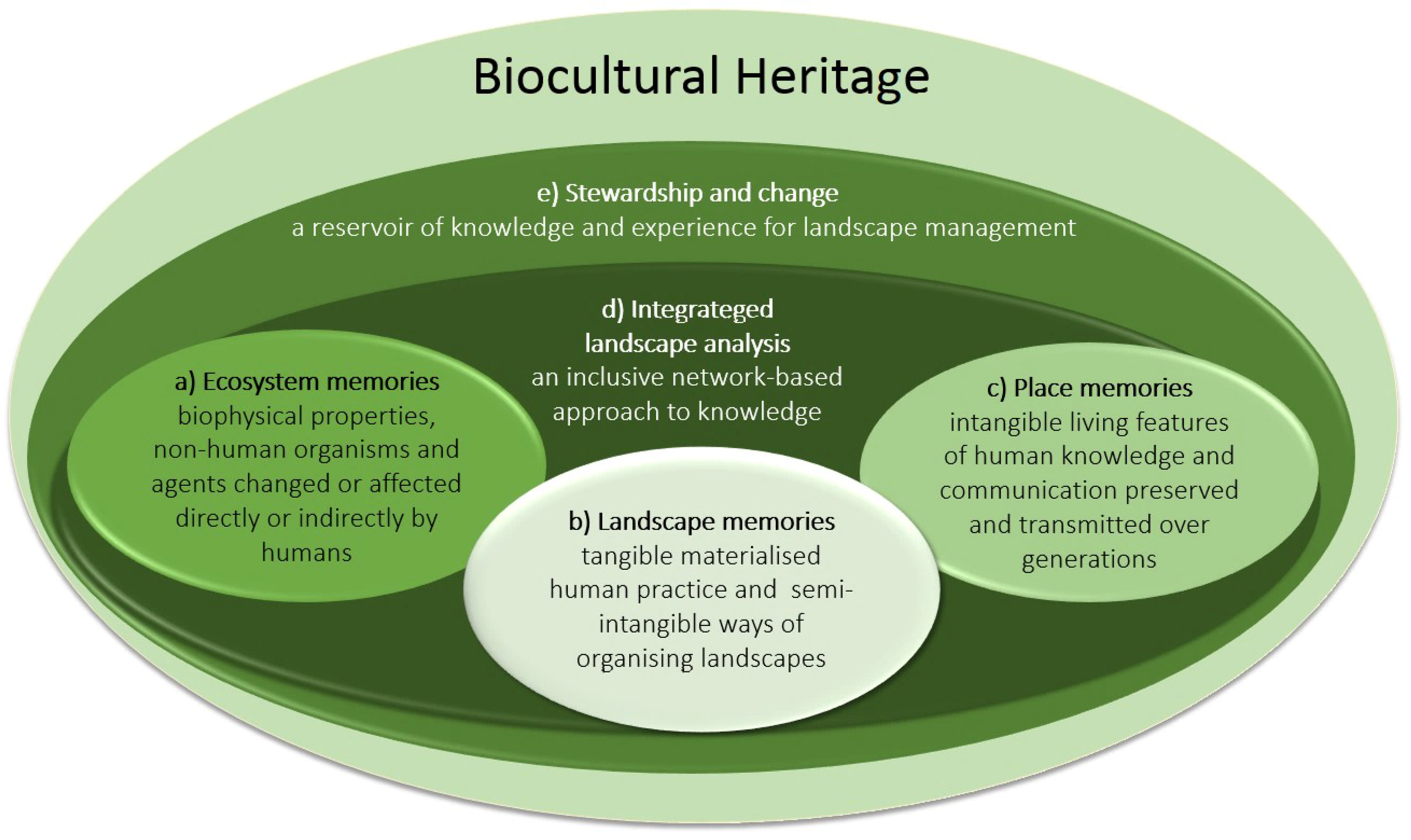
Core principles
- Based on TEK
- Potential for social engagement
- Decolonial perspective
- Co-constructed models

The project’s design
Assess biocultural landscape
- List of culturally important species
- Uses, functional attributes
- Species occurrence
Testing diversity-functioning
- Simulate diversity
- Simulate disturbances
- Simulate climate change (e.g. water, temp)
Module 1 - Assessment of biocultural landscape
Objetive 1 - Inventory useful species and its fucntional traits
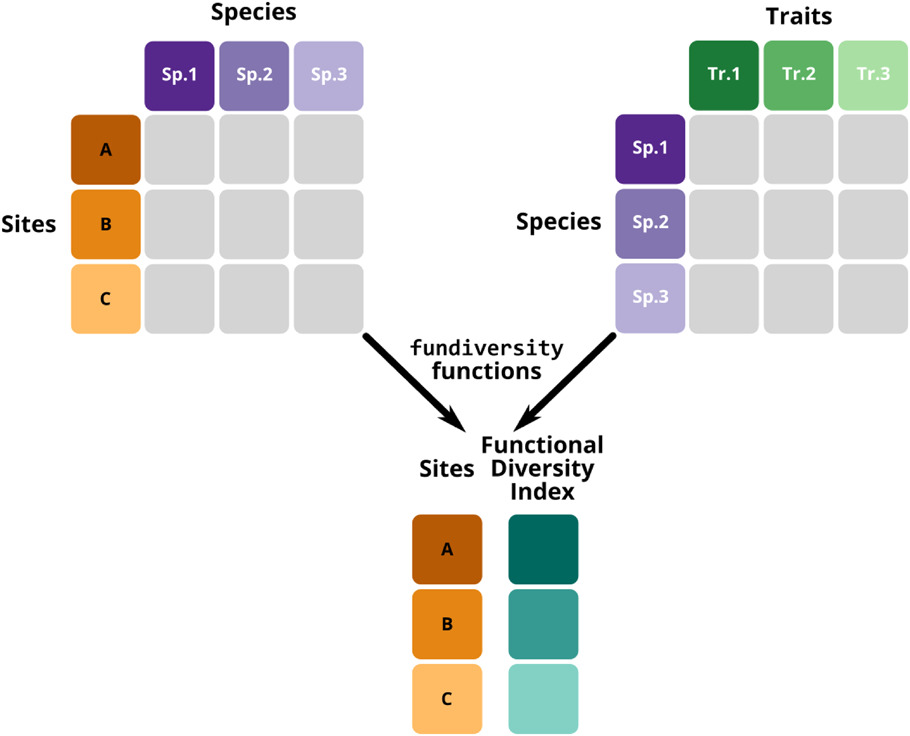
- We’ll add a species x uses table
Module 1 - Assessment of biocultural landscape
Objetive 2 - Extract and map occureene of the biocultiural core of species

- Sort species per “importance”
- Map the biocultural core
- The most useful species (amount to be set)
Module 1 - Assessment of biocultural landscape
Objetive 3 - Model distribution against climate change

- Distribution of the biocultural core of species
- Current and future climate
- Pirotiry areas for Biocultural Restoration
- Sensitive areas
Module 2 - BEF experiment
Objective 4 - Test climate and distubance
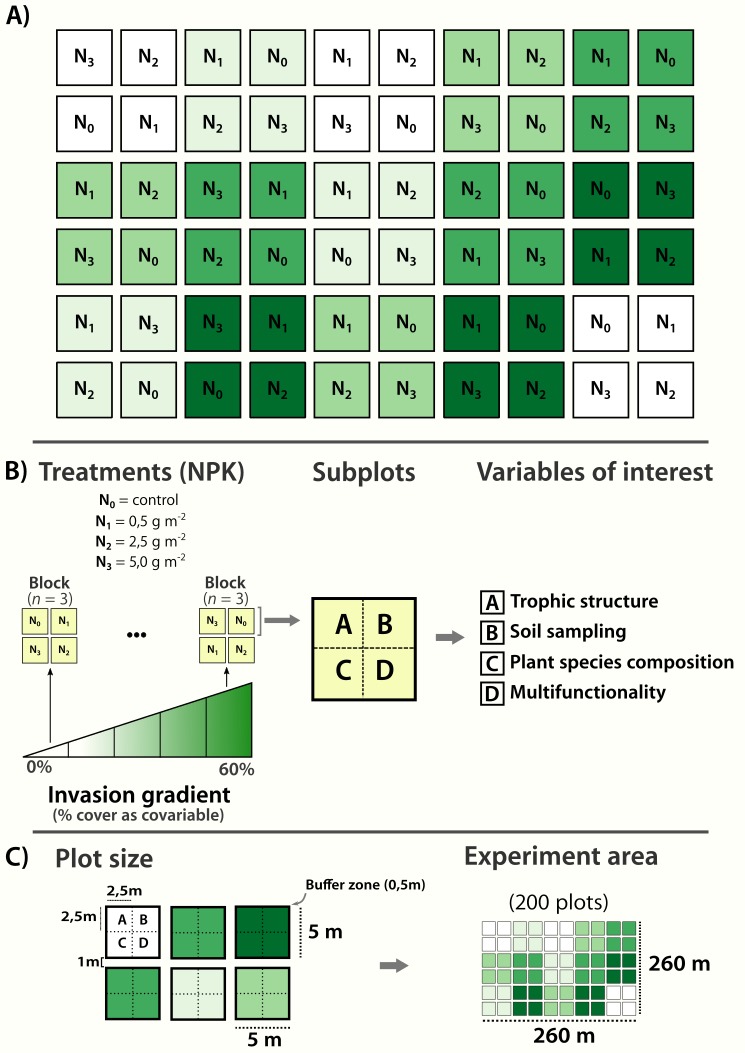
- A randomized-structured experiment
- Placed at the Savanna site
- Control and simulate
- Disturbance
- Climate variables (water)
- inspired by NutNNet
Module 2 - BEF experiment
Objetive 5 - Test the effect of diversity on EF

Module 2 - BEF experiment
Objetive 5 - Test the effect of diversity on EF

- Control and manipulate diversity
- Taxonomic
- Functional
- Phylogenetic
- Understand EF responses
Action Component
Training local community hubs
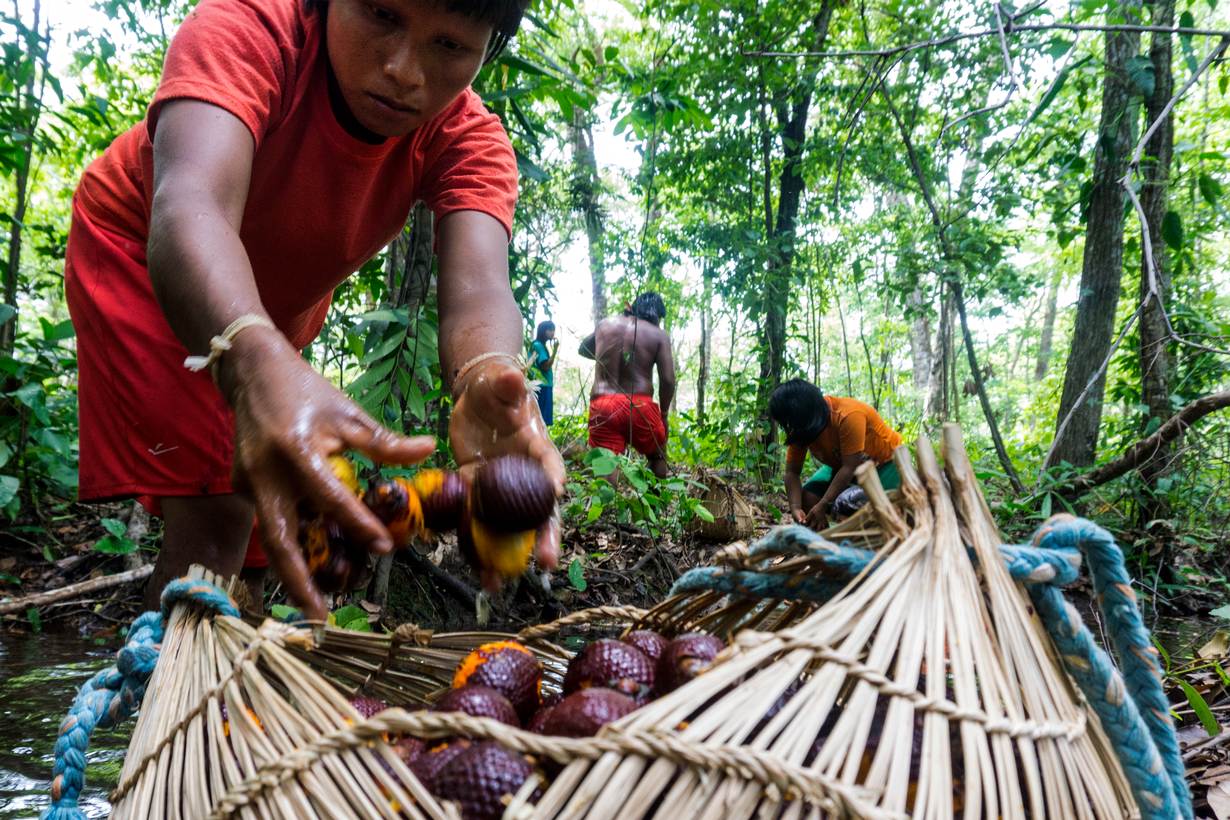
- Map communities at the Coastal, Montane and Savannah
- Workshops for seed collectors
- Restoration Supply Chain
- Gender equity
Structuring of the Biocultural Restoration Network
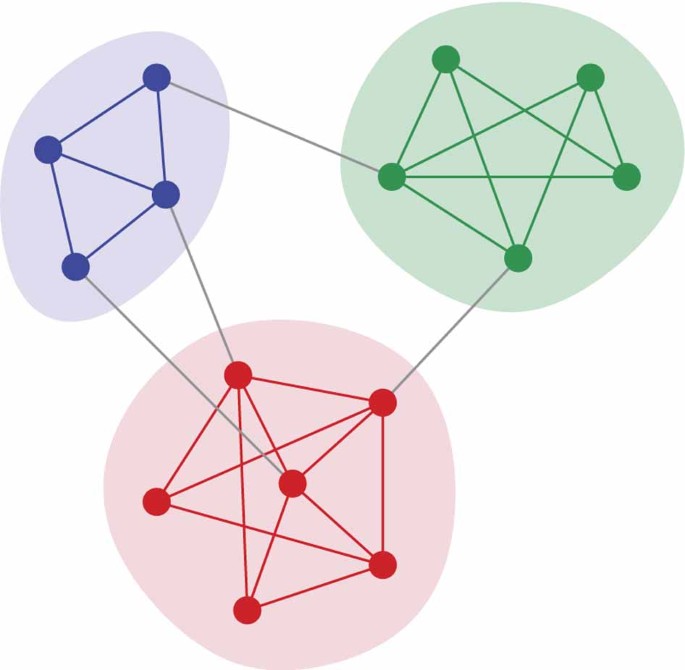
- Create and establish the Network
- Formalization of network
- Set principles and mission
- Intermediate market
- Public policy intended
Roles and sharing

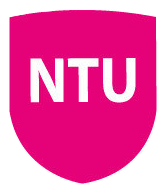
BioRestNet: a network of biocultural restoration Felipe Melo